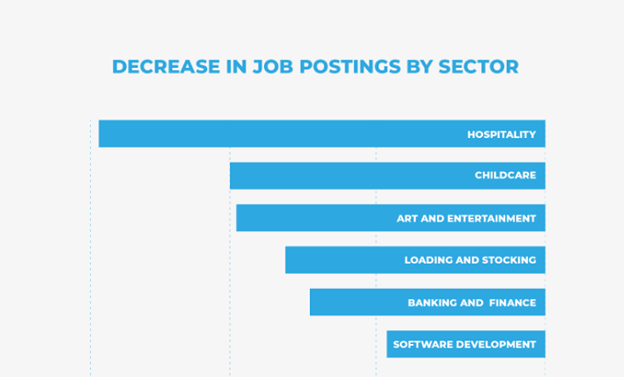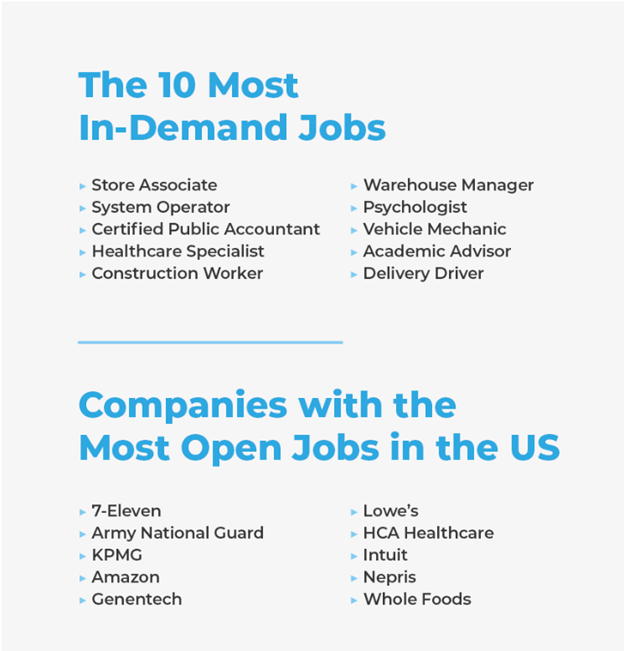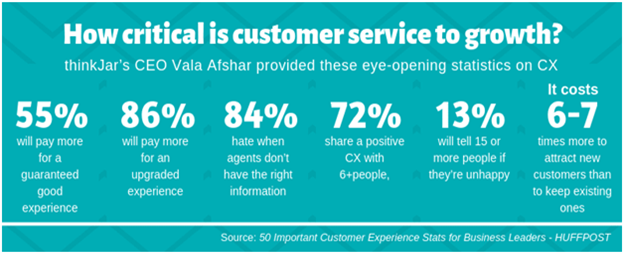
The epidemic has been a difficult situation for all of us. Things have been going down for a long time now. Amid this chaos, living at home to prevent its spread has been a daunting task for people around the world.
Whether it is children or adults, we have all reached the point of complete anger. And the thing that has kept us going amid this situation is social media. Despite all its controversial issues, it was the only entertainment for most people.Live Streaming Will Always be Popular
The global health crisis of 2020 saw many businesses go digital but was unable to maintain social confusion and prevent the spread of COVID-19. Face-to-face meetings turned into Zoom conferences and live concerts turned into live streams of artists playing in their homes.
So naturally, there is a rise in the use of live streaming features on social media. Facebook has seen a huge increase in messaging and live streaming, especially in the most influential areas of COVID-19 such as Italy. For example, the number of views on Instagram and Facebook Live doubled there in just one week.
As the situation continues to emerge in 2022, people have become accustomed to being able to communicate with products live without leaving their homes. So live streaming will continue to gain popularity and should definitely be part of your social media marketing strategy.News as a Content Format
More than 500 million users are connected to Instagram news every day. So even though Instagram news has already become a prominent content format for the past year, it is not going to be anytime soon.
Products will need to take a more organized approach and organize News as a content format for their publishing calendars if they do not. Most importantly, the use of video as the news will increase because it seems to outperform images.
A study found that images in the News had a higher pull rate of 5.65% than videos. The referral rate is the number of people who have seen your Story move to the next before completing it. The same analysis also found that photos in the News had more drawings than videos, indicating that people tend to spend more time watching videos.
Not surprisingly, 51% of products already use videos in the news, and the price is likely to increase by 2022. The Reality Is that It Will Start to Become Very Popular on Social Media
Between orders for homestay and the need for social isolation, people want more meaningful communication almost. Virtual (VR) is one of the current technologies that can provide that connection.
Working with people on VR gives you the feeling that you are really together even if they are in the middle of the world. This is the kind of experience people need at a time when they have to distance themselves from society.
2022 is likely to see the real reality gaining more popularity on social media as platforms move forward with the installation of this technology.
Take Facebook Horizon, for example. Since the beginning of 2021, Facebook has been using Oculus VR a beta test platform a visual world that allows people to explore, connect with others, and play games.
Anticipating the latest trends in social media today can help you build a solid future for the future. You will just know what to look for and how to change your social strategy according to current social trends.









 Image Credit:
Image Credit: 







